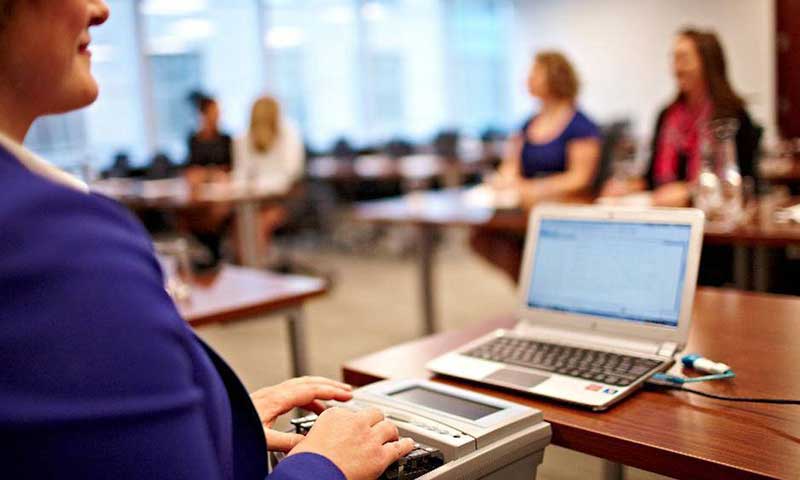Trial Presentation All-Inclusive Services for Challenging Court Cases
Trial Presentation All-Inclusive Services for Challenging Court Cases
Blog Article
Captivate the Jury: Important Elements of a Powerful Test Discussion
Necessary elements such as comprehending the target market, crafting a compelling story, and mastering spoken and non-verbal communication are essential parts of an effective discussion. As these factors intertwine, they create a cohesive method that not just informs however additionally engages jurors on numerous levels.

Recognizing Your Target Market
Understanding your audience is an essential facet of reliable trial presentation. A successful presentation hinges on the capacity to grasp the demographics, values, and predispositions of jurors. This comprehension notifies exactly how debates are mounted, proof is offered, and sob stories are crafted, making sure that the message resonates with the jurors on an individual degree.
Research shows that jurors come from varied backgrounds and may have varying degrees of comprehending concerning legal process. In addition, comprehending the jurors' potential prejudices and life experiences enables the trial presenter to prepare for arguments and address problems proactively.
Reliable test discussion also entails observing jurors' responses during the procedures. Engaging with jurors as people instead than a collective system is important in cultivating a strong connection in the court.

Crafting an Engaging Narrative
Crafting a compelling story is important in directing jurors through the intricacies of a situation. A well-structured narrative not just simplifies detailed legal principles however likewise engages jurors on a psychological level, making the details much more relatable and remarkable.
To accomplish this, attorneys must start by determining the core message they wish to communicate. This message should reverberate with the jurors' values and experiences, promoting a connection that goes beyond mere truths. The story ought to unravel realistically, offering events in a clear series to avoid complication. This sequential method can assist jurors adhere to the progression of occasions, stressing domino effect.
Including human elements-- such as personal stories or narratives-- can better boost the narrative's effect. These elements evoke compassion, permitting jurors to envision the consequences of the situation on actual lives. Additionally, employing a constant motif throughout the discussion reinforces the main argument, making it less complicated for jurors to keep crucial points.
Eventually, an engaging story changes a test discussion from a plain recitation of facts right into a persuasive story that captivates the jury, encouraging them to deliberate with both reason and emotion.
Utilizing Aesthetic Help
Including visual aids right into a test presentation can considerably enhance jurors' understanding and retention of info. Visual materials such as graphes, representations, photos, and videos can change intricate lawful ideas and evidence right into quickly digestible formats. By involving several detects, these help enable jurors to visualize the instance's vital aspects, making it simpler for them to follow along and realize complex additional resources details.
In addition, properly designed visual help can emphasize critical factors and highlight relationships in between various items of evidence. Timelines can successfully illustrate the series of events, while annotated photos can clarify specific details relevant to the situation. This not only help in understanding however likewise reinforces the narrative provided by the lawyer.
Overly complex or chaotic visuals may bewilder jurors and detract from the message. Inevitably, efficient aesthetic interaction can be an effective tool in convincing jurors and helping them reach informed conclusions.
Understanding Verbal Communication
Reliable spoken communication is essential in a trial presentation, as it acts as the main means with which lawyers share their debates and get in touch with jurors. Mastering this skill includes clarity, persuasion, and engagement. Lawyers need to express their points clearly and concisely, staying clear of legal lingo that may puzzle jurors. Simpleness in language fosters understanding and aids jurors understand complicated problems provided throughout the trial.
Furthermore, tone and pacing substantially effect just how messages are obtained. A positive tone communicates authority, while suitable pacing allows jurors to soak up details without feeling bewildered. Attorneys must likewise vary their vocal inflections to stress bottom lines and maintain jurors' passion throughout the presentation.
Additionally, the company of verbal debates is crucial. Structuring the narrative rationally and coherently assists jurors follow the lawyer's logic, making it easier for them to preserve vital details. Utilizing persuasive strategies, such as storytelling, can likewise boost the emotional vibration of the disagreements offered, consequently creating a much more profound link with jurors.
Ultimately, understanding verbal interaction not only enhances an attorney's situation but likewise fosters depend on and rapport with the jury, significantly enhancing the opportunities of a favorable judgment.

Involving With Body Movement
Nonverbal communication plays a vital duty in trial discussions, typically conveying messages that words alone can not share. Body movement, incorporating motions, pose, faces, and eye get in touch with, dramatically affects how jurors view the credibility and More Info genuineness of the presenter. A certain stance, with shoulders back and an open pose, can impart trust, while closed-off body language might suggest defensiveness or unpredictability.

Facial expressions need to show the feelings anonymous related to the case, strengthening the narrative being offered. A genuine expression throughout a poignant moment can evoke empathy and strengthen the psychological appeal. Eventually, mastering body movement is essential for reliable trial discussions, as it enhances verbal interaction and develops a compelling existence that reverberates with the court.
Conclusion
In final thought, astounding the jury demands a calculated strategy that includes recognizing the audience, crafting a compelling story, using aesthetic help, understanding verbal communication, and involving with body movement. Each component plays an important function in developing an effective test discussion that reverberates with jurors on both psychological and intellectual levels (trial presentation). By integrating these components properly, lawful professionals can significantly enhance their capability to convince and influence jury decision-making
Report this page